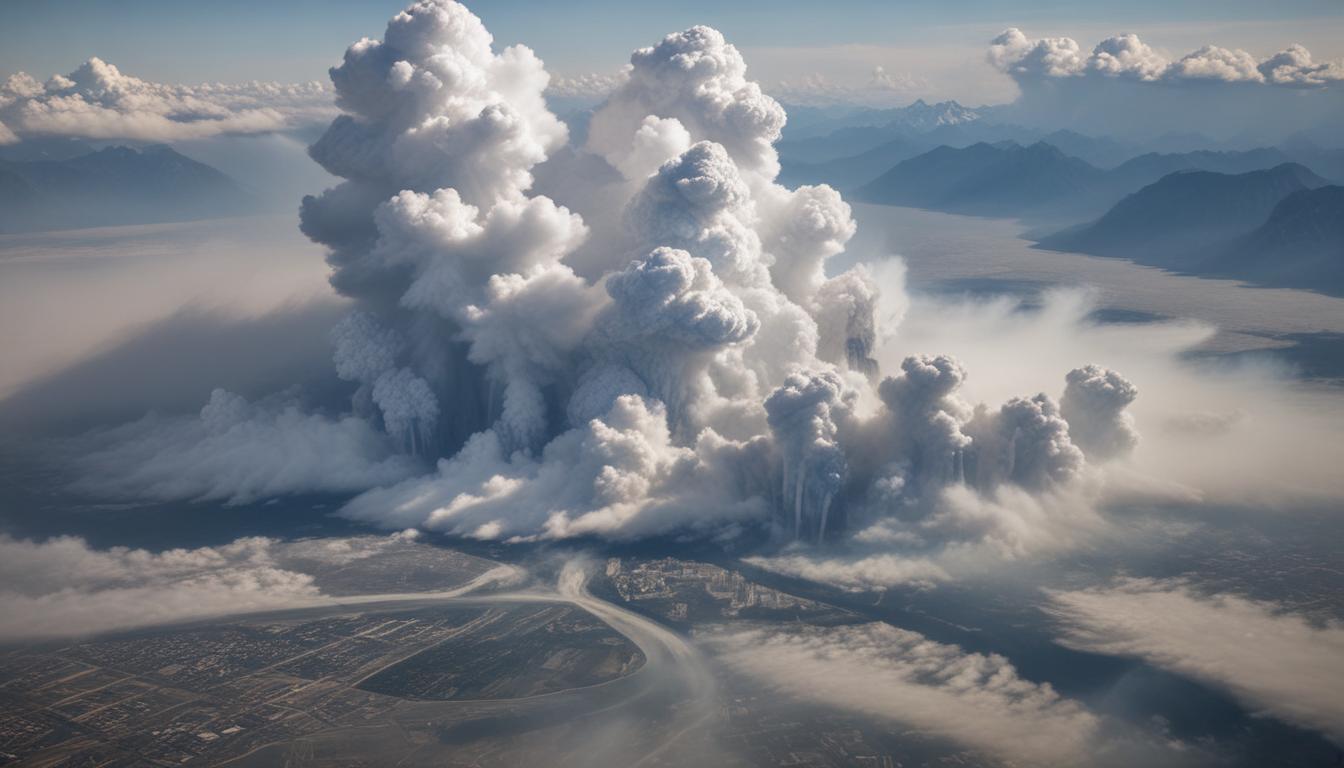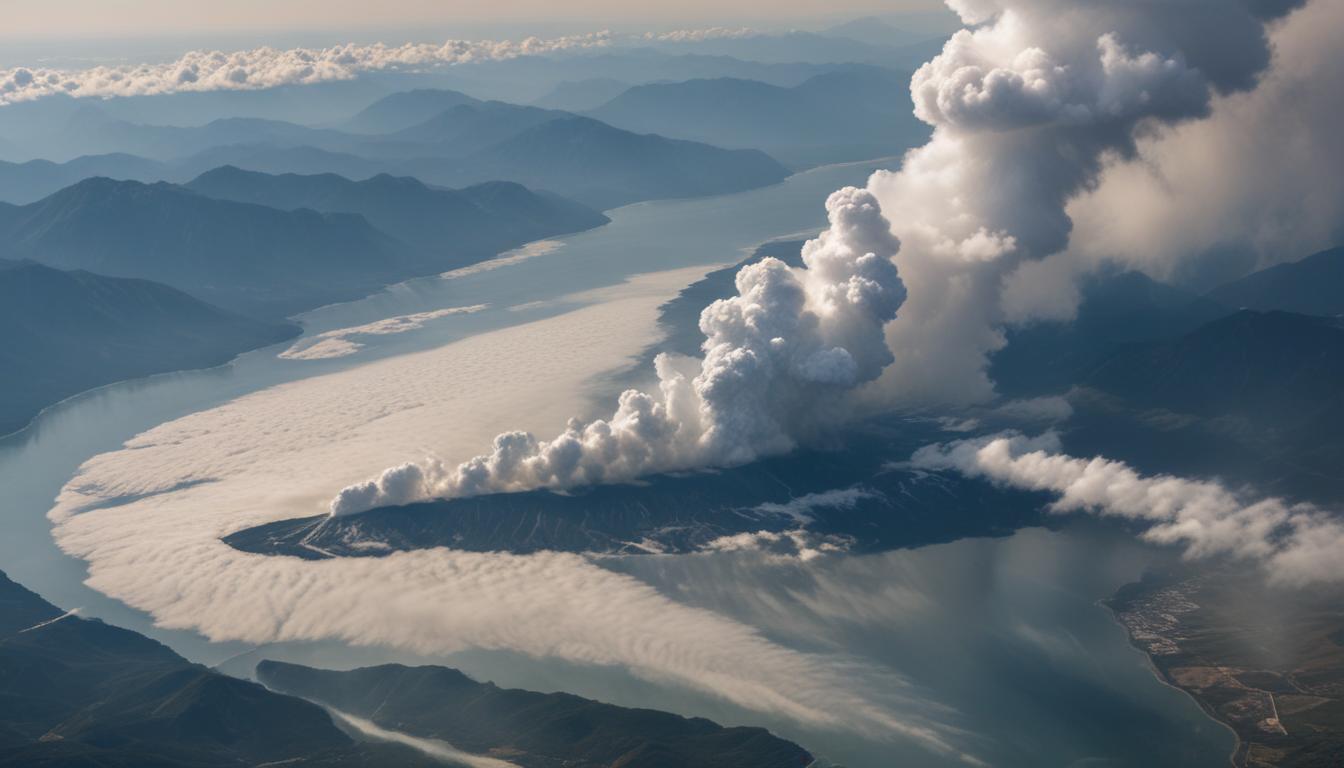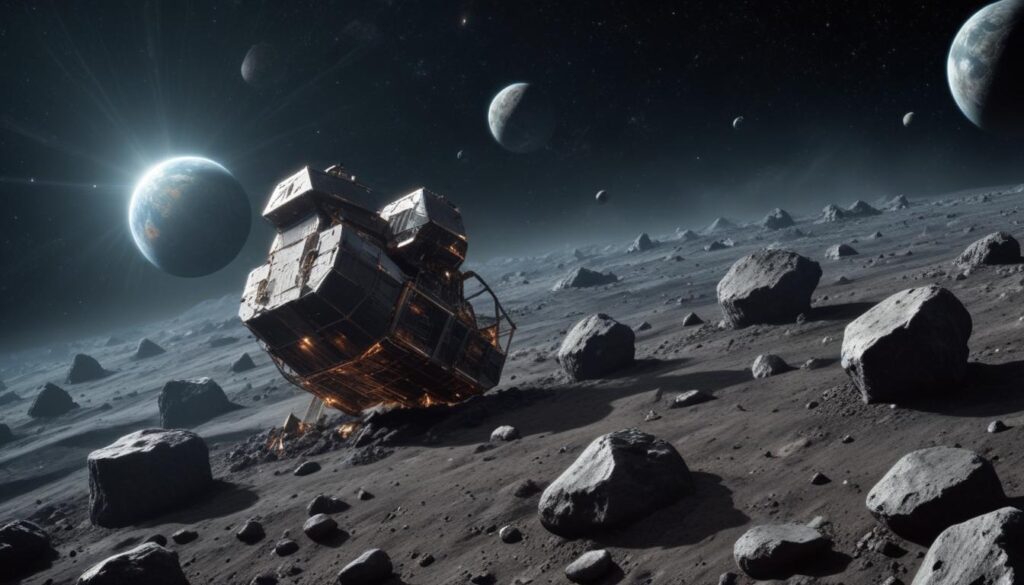Now Reading: Geoengineering Can We Control Earth’s Climate?
- 01
Geoengineering Can We Control Earth’s Climate?
Geoengineering Can We Control Earth’s Climate?

Geoengineering Manipulating Earth’s Climate
Feeling overwhelmed by news of our changing climate? You read the headlines about record heatwaves, melting glaciers, and extreme weather, and it’s easy to feel a sense of dread. The slow pace of global action can make the problem seem insurmountable. But what if we had tools that could actively cool the planet or pull carbon dioxide straight from the air?
This isn’t science fiction. It’s the controversial and complex world of geoengineering. Welcome to the frontier of climate science, where researchers are exploring large-scale technologies designed to deliberately manipulate Earth’s climate systems. Let’s dive into what geoengineering is, how it might work, and the profound questions it forces us to confront.
What Exactly Is Geoengineering
Geoengineering, also known as climate engineering, is a broad term for deliberate, large-scale interventions in the Earth’s natural systems to counteract climate change. Think of it as planetary-level medicine. Instead of only treating the cause of the illness (greenhouse gas emissions), geoengineering also proposes treating the symptoms (rising temperatures).
These proposals are still largely theoretical and in the early stages of research. However, they represent a radical departure from traditional climate solutions like reducing emissions and planting trees, raising both hope and significant alarm.

The Two Main Types of Geoengineering
Scientists generally group geoengineering concepts into two major categories. Each one tackles the climate problem from a completely different angle.
Solar Radiation Management (SRM)
The first category, Solar Radiation Management, aims to treat the symptom of global warming. The goal here is not to reduce greenhouse gases but to cool the planet by reflecting a small fraction of sunlight back into space. It’s like giving the Earth a bit of shade. The two most discussed SRM methods are:
Stratospheric Aerosol Injection
This approach involves spraying tiny, reflective particles, like sulfur dioxide, into the stratosphere (about 12-30 miles high). These aerosols would mimic the cooling effect of large volcanic eruptions, which are known to temporarily lower global temperatures by scattering sunlight.
Marine Cloud Brightening
This technique focuses on making clouds over the ocean brighter. By spraying microscopic sea salt crystals into low-lying marine clouds, the idea is to increase the number of water droplets, making the clouds more reflective. Brighter clouds would bounce more sunlight back into space before it can warm the ocean and atmosphere.
Carbon Dioxide Removal (CDR)
The second category, Carbon Dioxide Removal, directly addresses the root cause of climate change the excess CO2 in our atmosphere. These methods are focused on pulling carbon out of the air and storing it somewhere for the long term. This is often seen as less risky than SRM but is generally slower and more expensive. Key CDR approaches include:
Direct Air Capture
This involves using large machines with chemical filters that act like “carbon vacuums,” sucking CO2 directly from the ambient air. Once captured, the CO2 can be stored deep underground in geological formations or potentially used to create products like carbon-neutral fuels.
Ocean Fertilization
This method proposes adding nutrients, typically iron, to parts of the ocean that lack them. The goal is to stimulate massive blooms of phytoplankton—microscopic marine plants. As these phytoplankton grow, they absorb CO2 through photosynthesis. When they die, they sink to the deep ocean, hopefully sequestering that carbon away for centuries.
The Big Debate The Pros and Cons of Geoengineering
As you might imagine, the idea of intentionally altering our planet’s climate is fraught with debate. The potential benefits are tantalizing, but the risks are equally staggering.
The Potential Upsides
Proponents argue that geoengineering could be a critical tool in our climate arsenal. SRM technologies, for example, could potentially cool the planet very quickly, offering a way to “buy time” and prevent catastrophic tipping points while we transition to a zero-carbon economy. CDR, on the other hand, could be essential for cleaning up the historical emissions already blanketing our atmosphere.
The Serious Risks and Ethical Concerns
The list of potential downsides is long and deeply worrying. For SRM, scientists fear unpredictable side effects, such as disrupting regional weather patterns, causing droughts in some areas and floods in others, or damaging the ozone layer. There’s also the “termination shock” risk if an SRM system were suddenly stopped, temperatures could rebound with terrifying speed.
For CDR, the challenges often relate to scale, cost, and environmental impact. Ocean fertilization, for instance, could drastically alter marine ecosystems in unknown ways. For all geoengineering, there are huge ethical and governance questions. Who gets to control the Earth’s thermostat? What if one country’s actions harm another? These are uncharted political and moral waters.
Is Geoengineering Our Last Hope or a Dangerous Gamble
This is the ultimate question. Some see geoengineering as a necessary Plan B for a planet in crisis, a last-ditch effort if we fail to cut emissions fast enough. Others view it as a dangerous distraction—a moral hazard that could give polluters a license to continue business as usual, promising a future tech-fix that may never work as intended or could even make things worse.
The Future of Our Planet
Right now, there is no global consensus on geoengineering. Most scientists agree that the number one priority remains the same cutting greenhouse gas emissions drastically and immediately. Geoengineering is not a substitute for that fundamental work.
However, research into these powerful technologies continues, driven by the urgency of the climate crisis. The conversation is no longer just about if we can manipulate the climate, but if we should, and who gets to decide. As we move forward, a global, transparent, and inclusive discussion about the risks, benefits, and ethics of geoengineering is more critical than ever. Our planet’s future may depend on it.


































